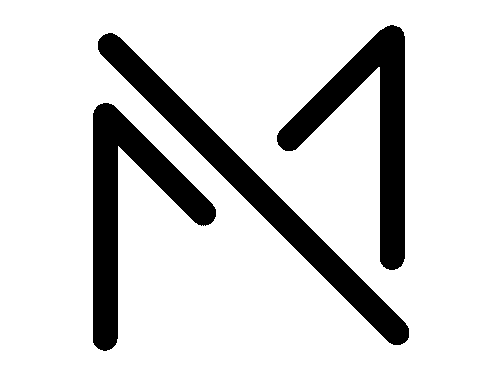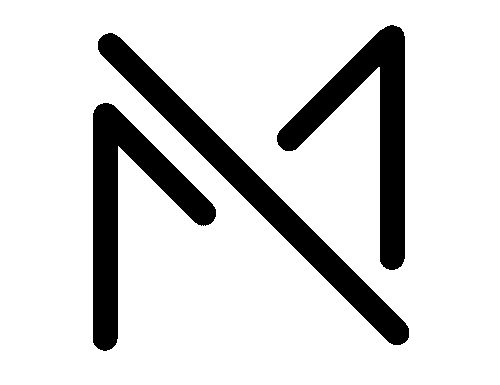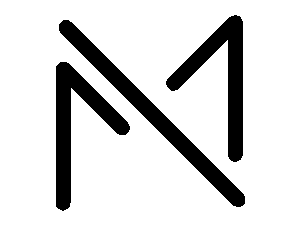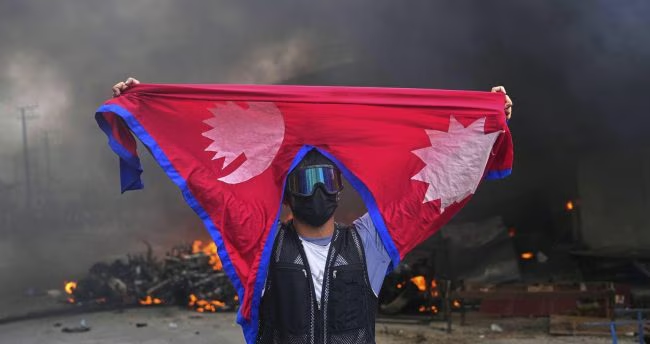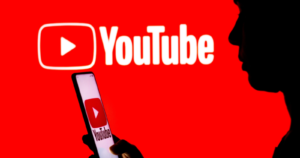The short version – What is happening in Nepal
- What happened: Nepal’s government ordered ISPs to block 26 social-media and messaging platforms that hadn’t registered locally under new rules. Major apps like Facebook, Instagram, WhatsApp, YouTube, X (Twitter), LinkedIn, Reddit, Snapchat were blocked; TikTok was notably not blocked because it registered. The Guardian
- Why it blew up: The ban landed amid a youth-led anti-corruption wave (“Gen Z protests”), with content exposing elites’ “nepo kids” lifestyles. Mass rallies erupted and attempted to reach parliament; police used tear gas, rubber bullets, and live fire. At least 19 people were killed; hundreds were injured. Curfews followed. The Washington Post
- What changed: Facing public fury and international criticism, the government lifted the ban on Sept 9. Prime Minister K.P. Sharma Oli resigned the same day. Reuters
The long version: The Bigger Picture

1) The legal/regulatory trigger
- In late August, Nepal gave foreign platforms roughly 7 days to register with the Ministry of Communications and IT, appoint a local contact/grievance officer, and comply with content-regulation directives. Many missed the deadline, so authorities ordered a blockade. The Nepal Telecommunications Authority (NTA) circulated the list to ISPs.
- Government officials framed the move as tackling hate speech, misinformation, fraud and online crimes; media groups warned it infringed free expression.
- The ministry said the 7-day ultimatum followed a court order, giving the move a legal push, though critics questioned the breadth and timing. The Guardian
Who was blocked? Lists differ slightly by outlet, but consistent inclusions are Facebook, Messenger, Instagram, YouTube, WhatsApp, X/Twitter, LinkedIn, Reddit, Snapchat, Discord, Signal, Pinterest, Threads, WeChat, and others. TikTok (and Viber) were not blocked because they registered. The Economic
2) The protests: why they were so intense

- The ban collided with a youth-driven online push against nepotism and corruption (“nepo kids” discourse). When the ban kicked in, it was widely read as an attempt to stifle that scrutiny. TIME
- On Sept 8, tens of thousands, mainly young people, rallied in Kathmandu and other cities. Protesters tried to breach parliament; police responded with batons, live rounds, rubber bullets and tear gas. At least 19 people died (two in Itahari); 100 to 200+ were injured. Curfews followed in parts of the capital.
- Ironically, because TikTok remained up (registered), it became a coordination hub for protest information and videos, exposing the ban’s inconsistencies. The Guardian
International reaction was swift: UN Human Rights urged a prompt, transparent investigation into the killings and warned against over-broad social-media controls; press-freedom groups (CPJ) called the ban a “dangerous precedent.” Committee to Protect Journalists
3) The political fallout
- On Sept 9, amid continuing protests and public anger, the government lifted the ban.
- The same day, PM K.P. Sharma Oli resigned, saying he wished to enable a constitutional resolution to the crisis. Reporting from multiple outlets confirms the resignation in the immediate aftermath of the deadly clashes.
- Prior resignations included the Home Minister; several other political figures faced intense pressure.
4) What the rules actually require (and what might happen next)
Pre-ban requirements (as reported by local and international outlets):
- Local registration with the MoCIT;
- Local presence/contact/grievance officer;
- Compliance with content directives (takedown timelines, cooperation with law enforcement);
- Ongoing self-regulation commitments.
What to watch next:

- Whether platforms register under revised timelines, and whether the government narrows or clarifies the rules after backlash.
- Investigations into police conduct and the protest deaths (UN and rights groups are calling for this). OHCHR
- Any new bills in parliament that expand powers over online speech (drafts under debate were already raising alarms pre-ban).
Practical impacts inside Nepal (and for Nepalis abroad)

Citizens & creators (if restrictions recur):
- Platform access can become a political flashpoint overnight. Creators, MSMEs, and media outlets are highly exposed when sales, customer support, or reporting rely on blocked platforms. (This week’s business disruption was widely reported.)
- Fragmentation risk: if some apps comply (e.g., TikTok) and others don’t, audiences and ad budgets shift unevenly, hurting small businesses most.
Platforms:
- Expect registration + compliance demands to rise across the region. Nepal’s attempt mirrors a broader global trend toward tightening platform rules.
Rights & governance:
- The sequence: ban → deaths → reversal → resignations—will fuel debates over proportionality and due process in platform regulation, and likely inform any court challenges or future laws. The Washington Post
Detailed timeline (key dates)
| Date (2025) | Event |
| Aug 28 (approx.) | Deadline for platforms to register in Nepal. Non-compliance flagged. |
| Sept 4 (Thu) | Government directs NTA/ISPs to block 26 platforms that did not register. |
| Sept 5 | Blocks take effect; confusion over the list; TikTok/Viber accessible (registered). |
| Sept 8 (Mon) | Mass “Gen Z” protests; police use live fire; ≥19 killed, 100–200+ injured; curfews imposed. |
| Sept 9 (Tue) | Government lifts the ban; PM Oli resigns; international calls for inquiry intensify. |
FAQs
Lists vary slightly; consistent names include Facebook, Messenger, Instagram, YouTube, WhatsApp, X/Twitter, LinkedIn, Reddit, Snapchat, Discord, Signal, Pinterest, Threads, WeChat and others. TikTok was not blocked (registered)
It registered with authorities, satisfying the order. It then became a de-facto hub for protest coordination.
No. As of Sept 9, the government withdrew the order amid deadly unrest.
The Ministry of Communications & IT directed the Nepal Telecommunications Authority (NTA), which instructed ISPs to disable access.
The UN and rights groups have called for a prompt, transparent investigation; domestic and international pressure is mounting.
Why this matters beyond Nepal?
This episode shows how quickly platform-registration mandates can tip into rights crises if enforced via blanket blocks. It also shows the strategic importance of youth-driven online mobilization and the reputational risk governments face when heavy-handed enforcement collides with anti-corruption sentiment.










